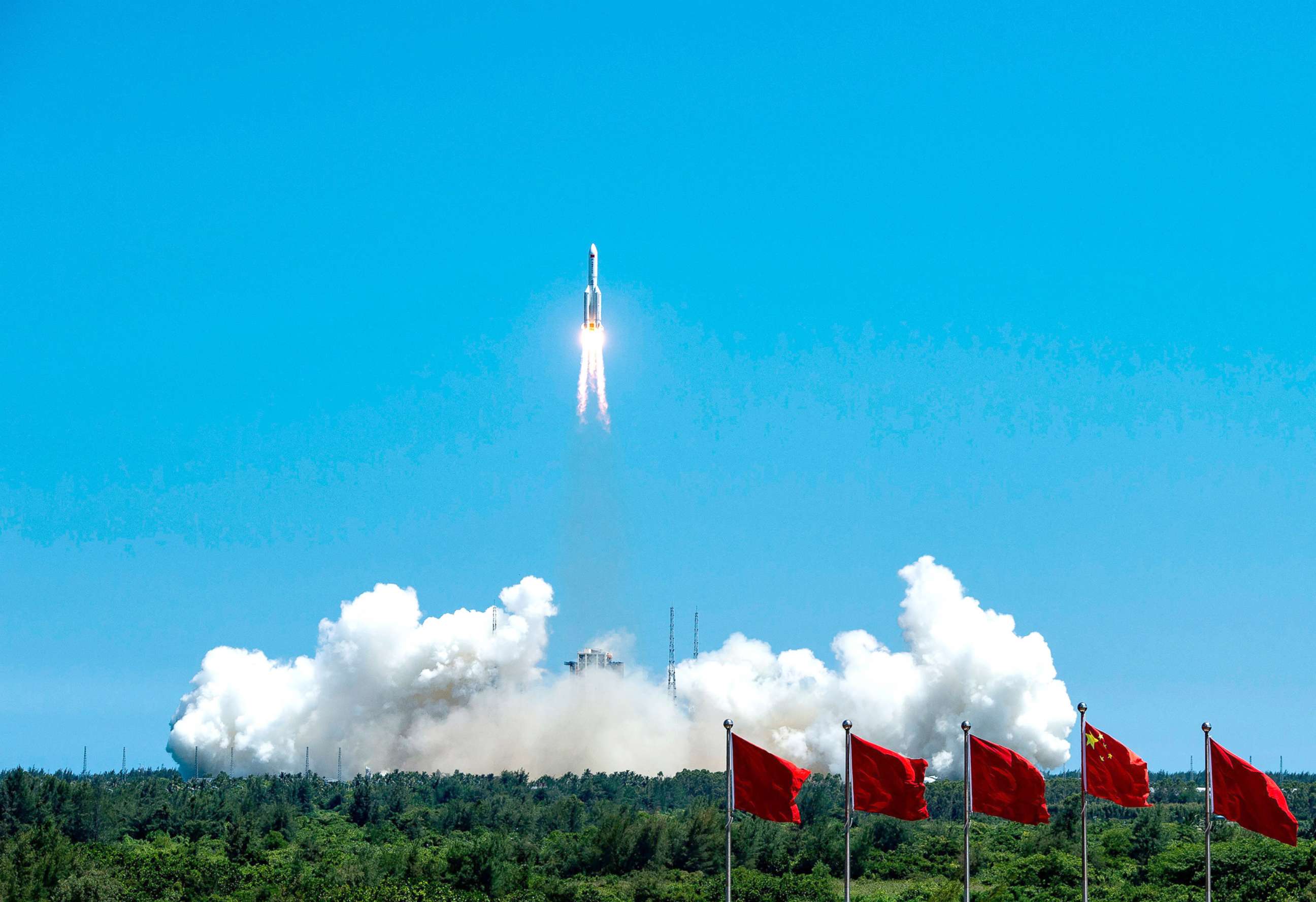Over 88% of world's population in potential debris footprint: Aerospace Corporation
With an object of this size, some but not all of the rocket booster will burn up in the Earth's atmosphere, with 20-40% of the mass -- about five to nine metric tons -- likely to remain, according to the Aerospace Corporation.
Due to the uncontrolled reentry, there is a "non-zero chance" that the surviving debris will land in a populated area, with over 88% of the world's population living "under the reentry’s potential debris footprint," the Aerospace Corporation said.
"We shouldn't have to worry about this, but the risk is way higher than it should be," Ted Muelhaupt, a consultant with Aerospace's Corporate Chief Engineer's Office, said during a Twitter conversation on the rocket's reentry hosted by the organization this week. "But that doesn't mean it's high risk -- 99.5% chance that nothing will happen, but … it ought to be 99.99% chance that nothing will happen."
Chinese officials have pushed back against concerns over the uncontrolled reentry.
"According to information at hand, this rocket is designed with special technology, and the overwhelming majority of its components will burn up during the reentry into the atmosphere," Foreign Ministry spokesperson Zhao Lijian said during a press briefing on Wednesday. "The probability of this process causing harm to aviation activities or to the ground is extremely low."





